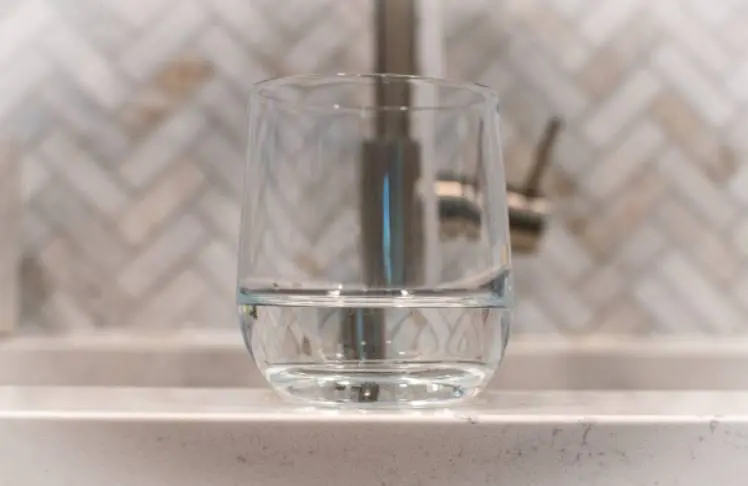
In April, it will have been 10 years since the administration of Governor Rick Scott changed the water source for Flint, Michigan, from the Detroit Water and Sewage Department to the Flint River.
The cost-cutting measure was devastating for the city, which not only ended up with high levels of lead in its drinking water after the corrosive river flows leached it out of pipes, but also suffered from an outbreak of Legionnaires disease too.
In the decade since, the city has been working to replace all of the lead pipes in its municipal water system, with a court-ordered deadline to finish this work by August. But despite seemingly endless digging and $97 million spent on the undertaking, there are still lead pipes remaining — and many residents in the predominantly Black city still do not trust the water system.
The drama of the water crisis has made Flint a kind of byword not only for lead contamination in drinking water but also for the disregard governments have for Black Americans writ large.
But even at its worst, Flint’s lead contamination was not as high as the levels found in some other American cities, including Baltimore, Chicago, and Newark, New Jersey — all of which have significant Black populations as well. But now, the problem of lead may finally be addressed not only in Flint but also across the U.S., as the Biden Administration’s Environmental Protection Agency has proposed a far stronger Lead and Copper Rule that would require all lead service lines to be removed from water systems across the country within the next decade.
There is no safe amount of lead to consume in water (despite the current federal limit of 15 parts per billion, which the EPA wants to reduce to 10 parts as part of this rule change), and children are particularly susceptible to the effects of lead poisoning because their bodies and brains are still developing. As such, removing the some nine million lead service lines across the county (at an estimated cost of $30 billion, about half of which would be covered by funds from the 2021 infrastructure bill) would be an overall boon for public health. But it would have a disproportionately positive effect on Black communities.
Because not only do lead pipes tend to be found in older, urban areas where more Black people tend to live (see: Flint, Baltimore, et al.), but the long-term problems caused by lead poisoning are compounded by socioeconomic issues — like, say, living in poverty. So if you had two Flint teenagers who were exposed to the same levels of lead when they were young kids, one Black and one white — and one more likely to be poor than the other—the Black kid would be more likely to suffer from, say, long term cognitive issues.
According to the EPA, the lead removal undertaking would generate between $9.8 billion and $34.8 billion in economic benefits annually due in large part to the reduction in cognitive issues and other health problems caused by lead exposure.
The Biden Administration is well aware that lead exposure does not affect all Americans equally. In the announcement of the new rule proposal the EPA noted, “Due to decades of inequitable infrastructure development and underinvestment, lead exposure disproportionately affects low-income communities and communities of color.”
The proposal (which is just over halfway through a 60-day public comment period, and may be further revised before being finalized) is yet another example of Biden’s EPA being uniquely active on environmental issues that disproportionately affect Black and brown Americans.
The one major loophole in the rule, as it is currently written, however, is that it only applies to service lines — that is, the utility-owned pipes that distribute water to houses and other private residences. While those pipes do comprise the bulk of public water, they can be connected to privately owned lead pipes that connect the utility line to a house. But aside from those last bits of lead, the proposed rule could result in the impressive feat of getting nearly all of heavy metal out of our drinking-water systems.















